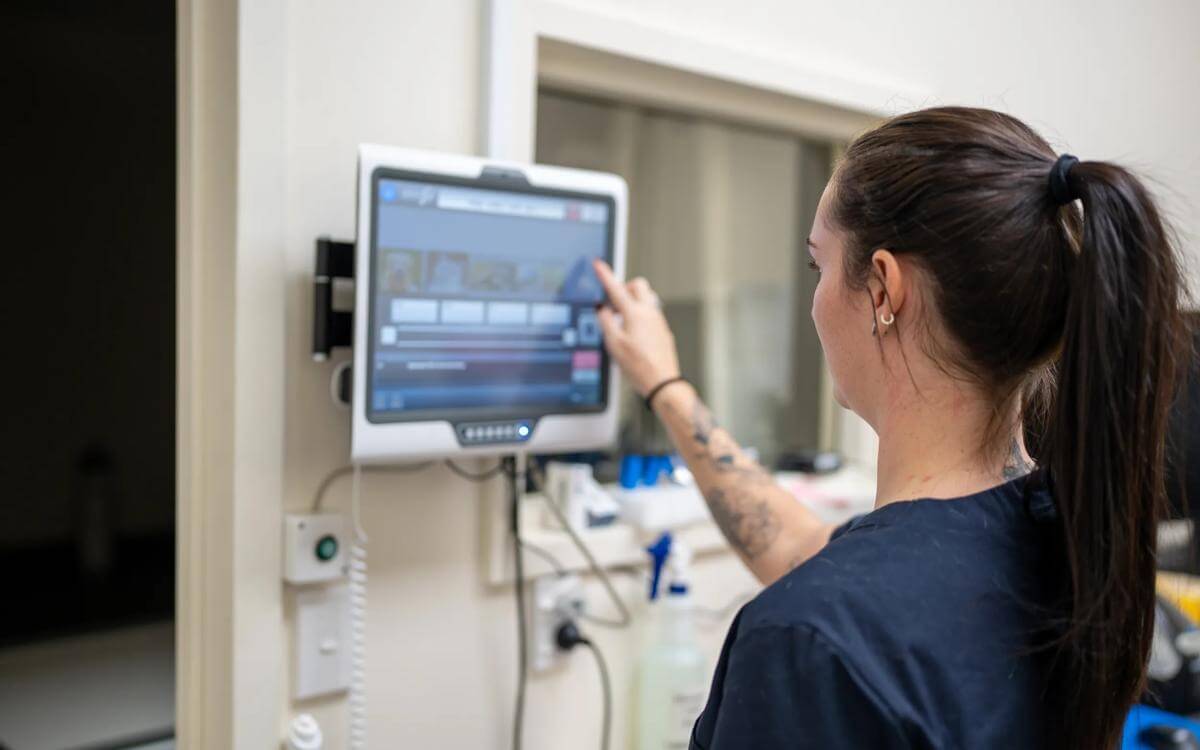Digital transformation, integration and collaboration in a multi-supplier IT environment
The Covid-19 pandemic and reactive measures from governments to restrict us meeting face-to-face have particularly highlighted the vital need for organisations to utilise technology to provide goods and services.
Please note: the information contained in this legal update is correct as of the original date of publication.
The Covid-19 pandemic and reactive measures from governments to restrict us meeting face-to-face have particularly highlighted the vital need for organisations to utilise technology to provide goods and services. Those operating in the health sector are no different. For most organisations, this means some form of digital transformation, whether it be the use of new healthcare technology to deliver front-line services such as digital GP apps (see our article “consent in the Covid-19 world and beyond” in our first issue), or the implementation of a new or replacement tower within an organisation’s core IT infrastructure.
We continue to work with many health sector organisations, from government departments to private healthcare providers, advising on the key legal, regulatory and commercial risks involved in their digital transformation projects. Key to an organisation’s effective digital transformation is ensuring secure integration and interoperability between systems, as well as effective collaboration models. Take each in turn.
Integration and interoperability
Rather than having separate elements of the IT infrastructure operating in isolation, organisations should be thinking about how each particular function speaks to, and interacts with, other functions to create an efficient end-to-end technology system. Front-line healthcare as a whole has faced this issue for many years (take GP records being separate and distinct from hospital records as one example). However, this is also an issue for individual organisations and entities as well.
Systems integrations can be achieved through one-off projects, or integration can be captured within the overall service description of a wider procurement with a technology provider, in which case the detail can be agreed and set out as a particular service package. Importantly, there are key considerations when integrating systems, including (amongst other things): the implementation of application programming interfaces (APIs) between systems; associated IP ownership and licensing considerations; the secure and proper handling of sensitive personal data transfers; and the demarcation of responsibilities, liabilities and risks generally, should anything go wrong.
Effective collaboration models
Next, consider collaboration. Typically, an organisation’s digital transformation will involve a multi-supplier environment. Ensuring that all of these suppliers collaborate to provide an efficient and fully functioning end-to-end technology solution for an organisation is a huge challenge.
A key tool used to overcome this challenge is a “Collaboration Framework”. We have recently advised on and developed bespoke Collaboration Frameworks with a number of health sector clients. Such frameworks are put in place between the organisation and all of its technology providers across the IT estate, and are structured such that they are woven into the individual contracts with each service provider, applying an overarching set of collaborative behaviours, obligations and principles with which all parties must comply for the benefit of the organisation. This is intricately linked in to the cross-party “responsibilities” and “dependencies” (including those on the organisation itself) which are set out in each of the respective contracts. Often, a service partner or a service integration and management (SIAM) role is appointed to manage and operate the Collaboration Framework, overseeing compliance.
The recent news of effective vaccines for Covid-19 being available in the relatively near future is very promising, but even if we start to move back towards “normal”, it is likely that the trend towards a reliance on technology, and therefore the need for digital transformation, is only going to continue to increase. The approach organisations take towards integration and collaboration will form a crucial part of this.
To hear more advice on implementing your digital health strategy in the health sector, watch a recording of our webinar here.
If you have questions or would like to hear more about our collaboration framework, please contact David Hill or Anthony Nagle.









































